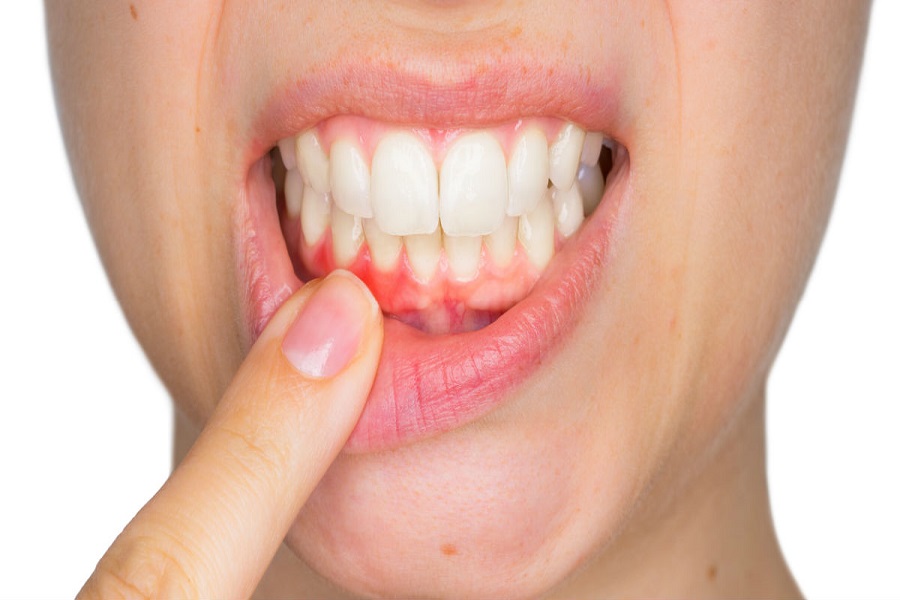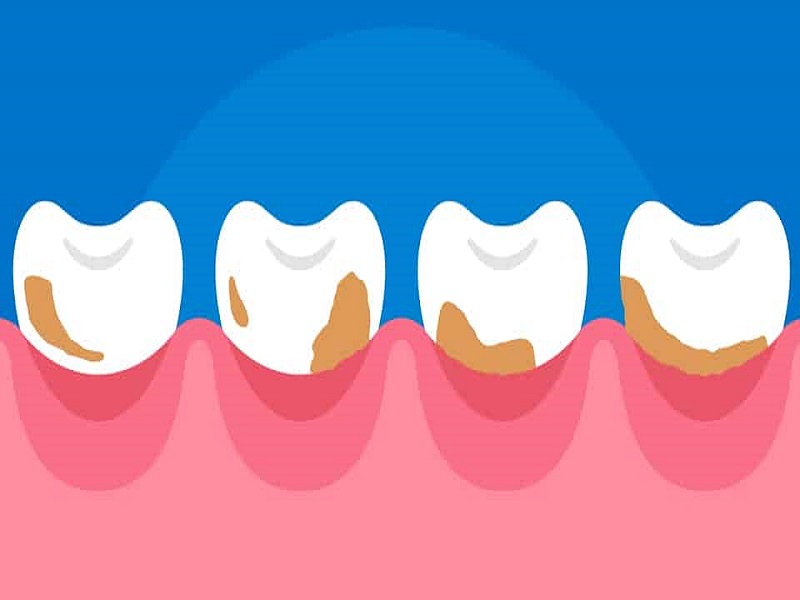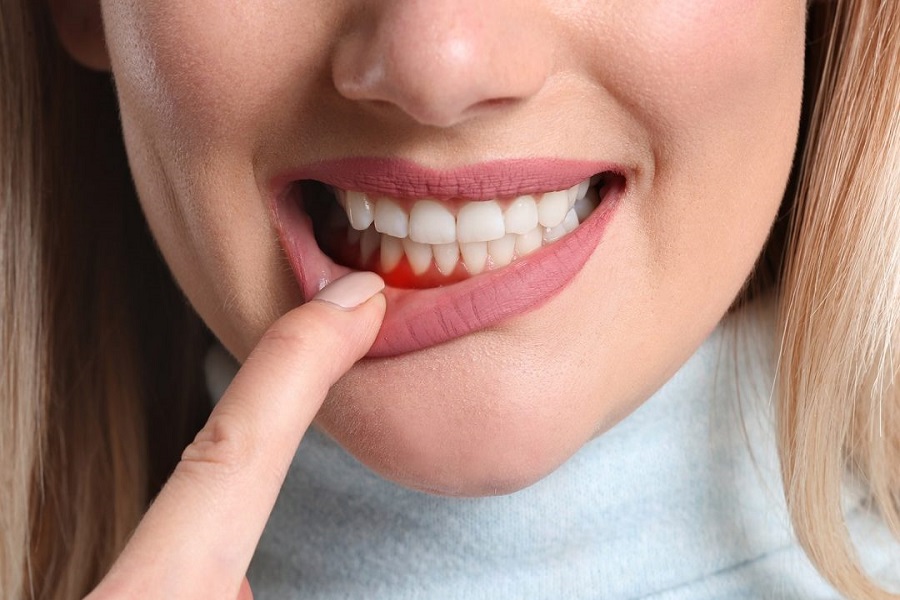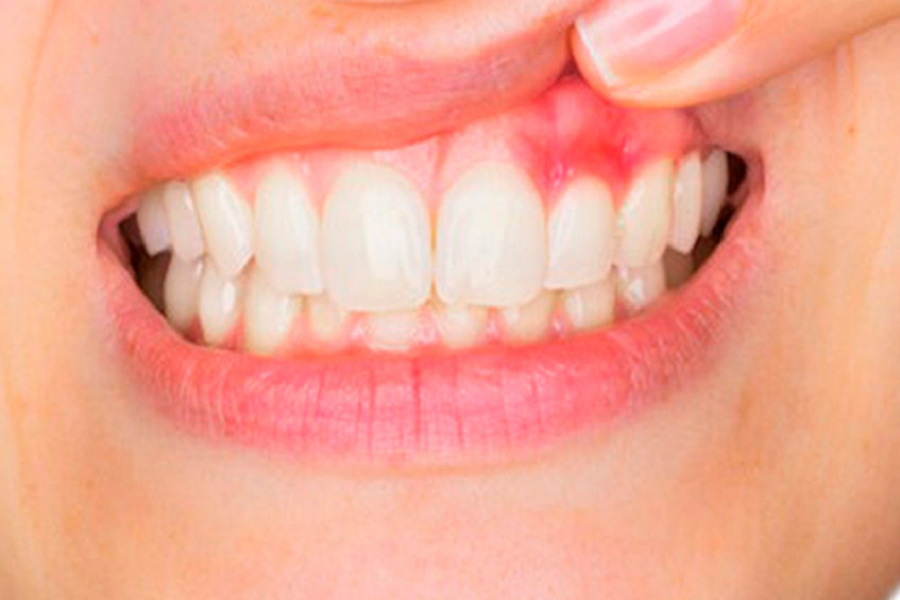When gingivitis occurs, let’s look at its types. Reversible pulpitis, irreversible pulpitis, acute pulpitis, chronic pulpitis, chronic pulpitis, retrograde pulpitis, pulp necrosis, pulp degeneration.
Reversible pulpitis produces brief, sharp pain when your tooth is stimulated by temperature and disappears as soon as the irritation is removed. This condition is reversible pulpitis. Reversible pulpitis is a milder form of pulpitis, also known as pulp congestion. Its treatment is mainly to remove irritation, eliminate inflammation, and treat according to deep caries after the symptoms are relieved.
Irreversible pulpitis: According to its clinical characteristics, it can be divided into: acute pulpitis, chronic pulpitis, retrograde pulpitis, acute pulpitis, acute pulpitis, and acute pulpitis. See Acute pulpitis (cariogenic) is mostly an acute attack of chronic pulpitis.
Acute pulpitis is characterized by severe spontaneous and paroxysmal pain, aggravation of thermal stimulation, and pain that is often not localized. Pain often occurs at night. The treatment of acute pulpitis should be analgesic first (pulp opening and drainage, soothing analgesia, drug analgesia), and then endodontic treatment should be performed after the symptoms are relieved. Chronic pulpitis The occurrence of pulpitis is mostly caused by caries. With the gradual encroachment of caries, chronic inflammation of the pulp also occurs.
Chronic pulpitis does not have severe spontaneous pain, but has a long history of pain in response to hot and cold stimulation, and the nature of the pain is distending pain. Retrograde pulpitis Retrograde pulpitis is a periodontal disease. After the periodontal tissue of the affected tooth is destroyed, the infection enters the pulp through the lateral, accessory root canal or apical foramen and causes pulpal inflammation. The clinical manifestations are generally acute inflammation, which is spontaneous and paroxysmal pain, sensitive to hot and cold stimuli or radiating pain. Treatment is treated as acute pulpitis. However, it can also manifest as symptoms of chronic pulpitis, and there is no obvious spontaneous pain. Pulp necrosis Pulp necrosis is the death of pulp tissue, often developed from various types of pulpitis, and the second most common cause is trauma. Clinically, there is generally no pain symptoms, and it is often referred to a doctor due to combined periapical inflammation. The affected tooth generally has a history of pulpitis or dental trauma, the tooth is discolored and tarnished, and the hot and cold stimulation is painless. The treatment of pulp necrosis is generally root canal therapy or plastination after pulpectomy.
Pulp degeneration Pulp degeneration is a very common dental pulp disease, and there are many types. Calcification and degeneration of dental pulp is due to the formation of pulp stone due to blood circulation disorder in the pulp, which fills the pulp chamber. In clinical practice, pulp stones generally do not cause symptoms, and are only found in X-ray examinations. The treatment of dental pulp calcification degeneration depends on the calcification status and decides whether to take root canal treatment or plasticization treatment. Intradental resorption is the degeneration of dental pulp tissue into inflammatory granulation tissue, which causes the tooth to absorb from the inside of the pulp cavity. Clinically, there are generally no symptoms, and in the late period of internal absorption, when the crown is absorbed near the surface, the color of the granulation tissue can be revealed, making the crown appear pink. In general, the tooth with internal resorption needs to be extracted. If the internal resorption is in the early stage, root canal treatment after pulp extraction can be considered.






























